It must be mentioned here that before selecting the appropriate projection screen, you must consult the projector manufacturer whether the projector's pitch is suitable for your home environment to determine the maximum projection size. Of course, you can also calculate the parameters such as the length and width of the room and the projection ratio of the projector. Projection ratio = projection distance / screen width, according to the farthest distance and projection ratio in actual use, you can calculate the maximum projection screen size that can be used.
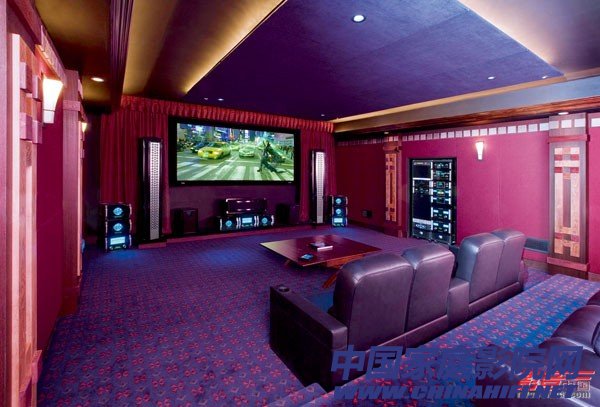
The maximum suitable projection size can be calculated by parameters such as the length and width of the room and the projection ratio of the projector.
It is better to have a large size to be projected, and many organizations at home and abroad have certain standards, and we suggest that you can simply determine the relationship between the projection screen and the viewing distance according to the usual viewing habits in the cinema. For example, if you like to watch friends in the back row, you can simply estimate the ratio of the viewing distance to the width of the projection screen in the cinema, so that you can apply it in your own home without using complicated mathematical formulas. The establishment of a home theater is actually to bring home the stunning audio and video experience in the cinema.
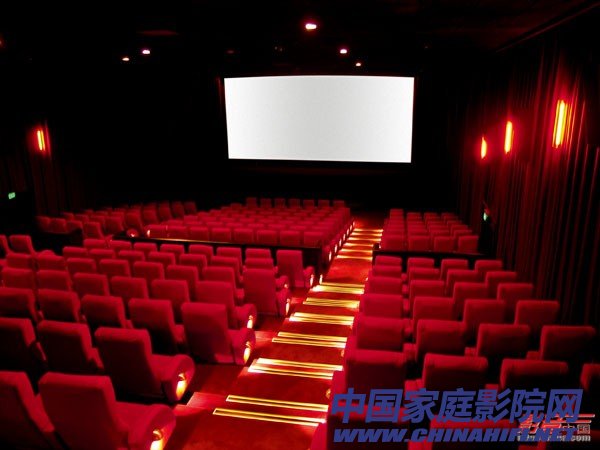
The relationship between the projection screen and the viewing distance can be determined simply by the viewing habits usually in the cinema.
To build a home theater system in the living room, you need to consider the impact of ambient light on the picture. For projectors with low output brightness, a gain-screen with a reflective angle is required to enhance the reproduction of picture detail and color. From the optical characteristics, the home theater projection screen can be divided into three categories: diffuse type (Diffusion), regression type (Retro reflective) and reflective type (Augular Reflective). The diffuse surface of the diffuse screen can make irregular multi-angle reflections on the incident light. It has a wide viewing angle and belongs to the screen without gain. Various installation methods are applicable, including ceiling and horizontal installation. Regressive and reflective screens are all screens with gain, and there are many places to pay attention to.
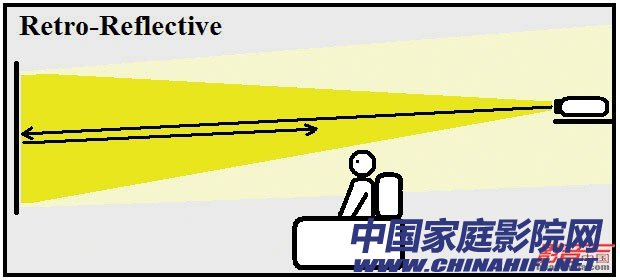
Regressive screen is only suitable for horizontal projection
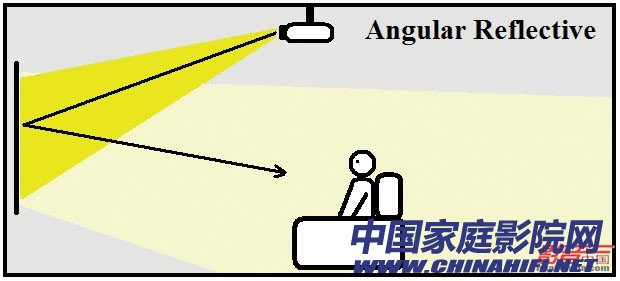
Reflective screens must choose the ceiling or ground projection according to the angle of refraction
The regression screen reflects the incident light in the direction of the projector. There is no angle between the incident light and the reflected light. It is only suitable for horizontal projection, such as the way of front and rear seats. The reflective screen is a kind of refraction angle when the incident light is projected behind the projection screen. The horizontal projection method cannot be adopted. The projection method of the ceiling or the ground must be selected according to the size of the refraction angle.
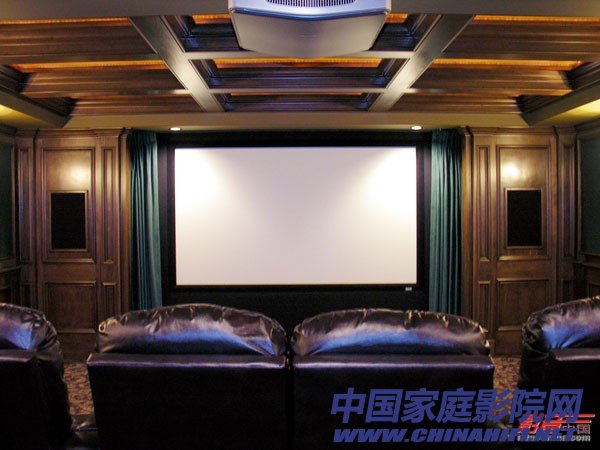
When building a living room theater, you should install it according to the characteristics of the projection screen. At the same time, you need to consider the actual environment in the home, choose the ceiling installation installed in the ceiling, or the horizontal installation directly on the desktop, or even the wall. Hidden installation method. In some extreme cases, such as users with long room volumes and severe ambient light interference, it is more desirable to choose a rear projection.

Use a 2.35:1 projection screen to get a closer look to the cinema

If you are a regular watcher of standard SDTV, the 4:3 projection screen is also a good choice.
According to the display ratio, the home theater projection screen can be divided into 16:9, 4:3 and 2.35:1. 16:9 is the standard display specification of HDTV and IMAX movies, and it is also the chip display of the home theater projector. Specifications, so most home theater projection screens use 16:9 specifications. SDTV's display specification is 4:3. If you are a regular watcher of standard SDTV, the 4:3 projection screen is also a good choice. The 2.35:1 projection screen is designed primarily for enthusiasts who like to watch movies such as 2.35:1 or 2.40:1. The room environment is an important factor in measuring which proportion of the projection screen you use. If your room is flat and long, you can choose a 2.35:1 projection screen to have higher utilization. If it is high and narrow, it may be Choosing 4:3 would be more appropriate.

The projector must be installed to avoid trapezoidal distortion on the projection screen.
Tips: Type of home theater projection screen
At present, the mainstream home theater projection screens are classified according to the material of the curtain material, including textiles, plastics and metals. Textiles and plastics belong to the same category, and are divided into white curtains and gray screens according to the color of the curtain material. The white screen can be subdivided into low-gain Matte White and higher-gain Glass Beaded. The white plastic screen has accurate color reproduction capability, which can fully express the color reflected by the projector itself, and will not change the projector's performance on black and white transition. The gray screen is a modified screen material based on the white screen, which can absorb more ambient light, which can make the black level on the projection screen more solid, and the gap between black and white will be widened, thus achieving the contrast improvement. The purpose, but the gray curtain material will change the performance of other colors, with a certain degree of coloration. The metal screen is a projection screen that is completely used in harsh environments, and can achieve good color and detail performance in dark or bright environments.
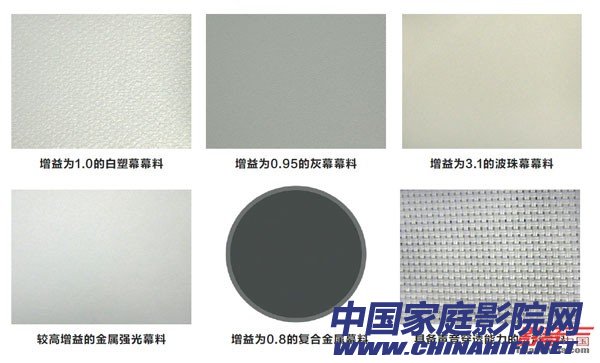
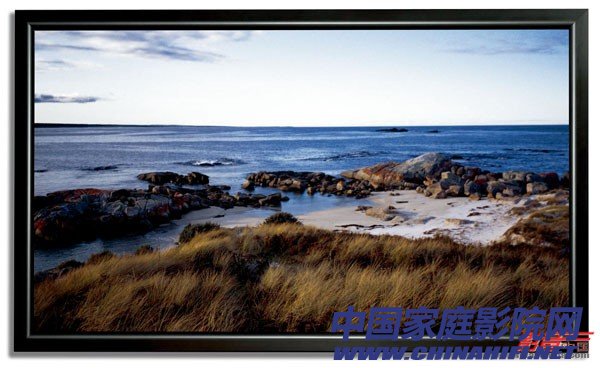
16:9 is currently the most common home theater projection display specification
During the installation process, it is necessary to avoid the trapezoidal distortion of the projected picture. After all, using the inside of the projector's Keystone function will affect the color and detail of the projected image, as well as reduce the resolution, etc., thus affecting the entire projection effect. Regardless of which mounting method is used, it is necessary to align the lens of the projector with the position of the center axis of the projection screen. Among them, special attention should be paid to the level of the projector. It is best for qualified users to use a precise level to calibrate. Although the lens shift (Lens Shift) function does not affect the distortion of the projected image, it will cause the output brightness to decrease. Therefore, it is recommended that you use the physical increase or decrease method to adjust the projected image.

Try to use the lens shift function to adjust the screen position, but be careful not to make the amplitude adjustment too large, otherwise it will lose the sense of picture energy.
When the installation of the projector is completed, you need to pay special attention to whether the OverScan function is turned on by default. The overscan function was originally a picture-enhanced display function for analog video signals, and an image with less than 100% area from the original image was enlarged to full screen. In the digital display era, such a function not only does not enhance the picture effect, but also causes the 1080p full HD signal to fail to display peer-to-peer, which seriously affects the quality of the image, so the overscan function must be turned off.

The opening of the overscan will seriously affect the resolution of the screen, resulting in the screen not being able to do point-to-point display.
In addition, for some high-demand audio and video enthusiasts, you may consider using a 2.35:1 projection screen, then consider whether you need to match the 2.35:1 anamorphic lens. The biggest advantage of using a 2.35:1 anamorphic lens is that it retains the full pixel of the projector, achieving a wide-screen display without black edges, but the disadvantage is that it will lose a certain brightness and sharpness of the picture, and even cause deformation of the edge of the picture. If the projector does not have a built-in deformation expansion mode, you also need to use a pixel extender to fill the deformed and expanded image so that the aspect ratio will not be distorted.
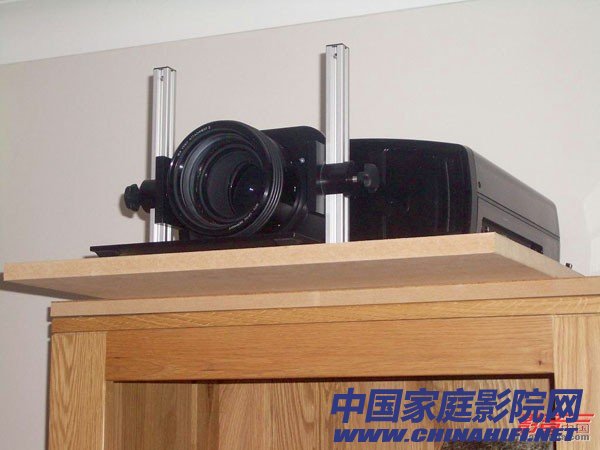
Use the 2.35:1 anamorphic lens to retain the full pixel of the projector for a widescreen display without black borders
Tips: Air filtration system and lamp life
In addition to the DLP projector with a fully sealed housing in the chip section, the projector with 3LCD and LCoS structure does not have protection on the chip, so basically the air filtration system is added to the fuselage. In order to make the heat dissipation of the projector more ideal, the manufacturer generally recommends that the user clean the air filtration system after 1 to 2 months, and the user must pay attention to this during use.
The life of the mainstream home theater projector high-pressure mercury lamp is about 3,000 to 5,000 hours. It can be used for one and a half to three years according to the time of five hours of viewing per day. However, basically when half of the life time is used, there will be a noticeable lack of brightness on the screen, which will affect the viewing effect. It is recommended to replace the problem immediately.


Successfully ranked amongst the topmost business names of the industry, we are engrossed in presenting an optimum quality array of Solar Street Light Inverter.Owing to the efforts of our dedicated team of professionals, we have been constantly engaged in offering the best quality of Solar Light Inverter.
Inverter
Frequency Inverter,Solar Power Inverter,Pure Sine Wave Inverter,Car Power Inverter
Delight Eco Energy Supplies Co., Ltd. , https://www.cndelight.com